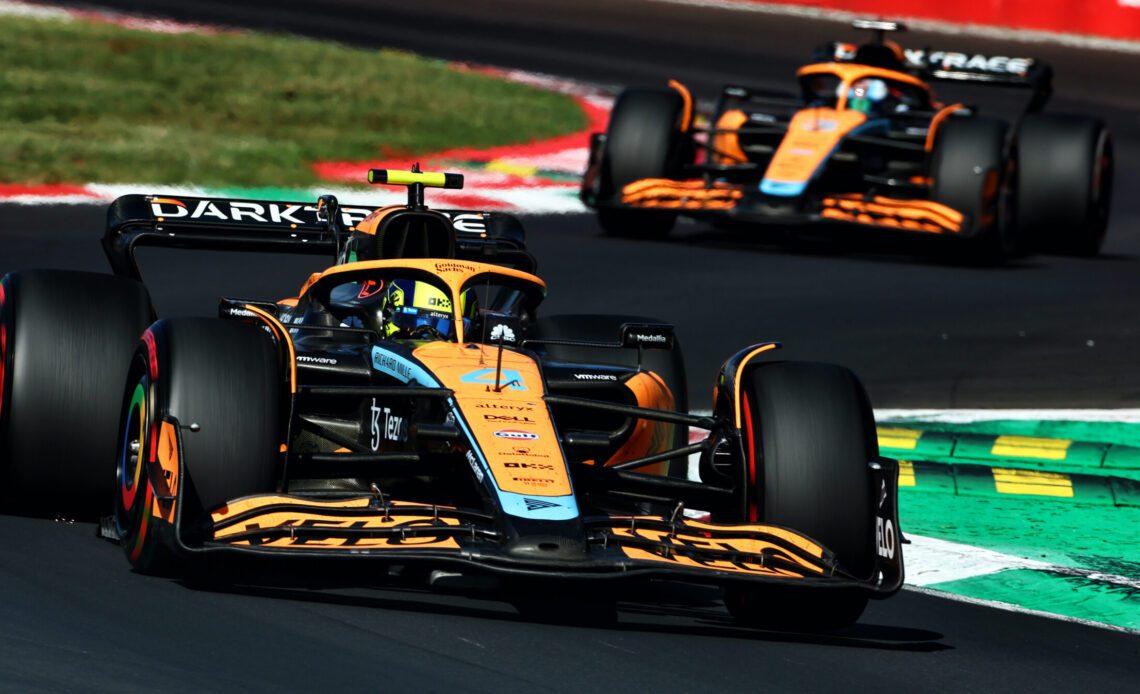The ‘formula’ behind Formula One is a series of complex rules and regulations that must be adhered to by the competing drivers and teams. The rules frame a technological window within which each team produces a car, all within a maximum permissible budget. The regulations create a fiercely competitive landscape where fractions of a gram here, a micron or two there, and the overarching speed of development separate podium finishers from the ‘also rans’. To help excel in this harsh competitive environment, McLaren deploys Stratasys‘ stereolithography 3D printing technology through a suite of five Neo®800 3D printers — producing full-size aerodynamic surfaces to high-accuracy embedded sensor housings — to chase the ideal design for the road ahead.
Formula One is synonymous with aerodynamics. While computer-aided design (CAD) and computational fluid dynamics (CFD) are keys to the design and development of a Formula One car, wind tunnel testing is still the gold standard when assessing how every surface works together, either as an assembly or as a complete car. McLaren uses only the FIA permissible 60% scale models of parts in its wind tunnels to optimise the aerodynamic package and find more downforce – which provides more aerodynamic grip – and balance the front and rear aerodynamic loads on the car.
PerFORM Reflect was developed specifically for wind tunnel models. It creates strong, stiff parts that, when combined with the surface finish achieved by the Neo800, can reduce post-processing by more than 30%. Using Stratasys Neo800 3D printers and Somos® PerFORM Reflect resin material, the team produces thousands of parts for numerous front and rear wing programs and large parts of the side bodywork. The parts combine with a machined aluminium spine to make the final wind tunnel ready scale model. Wind tunnel testing will regularly see multiple iterations of front and rear wing designs, sidepods (including large swathes of bodywork to the rear of the sidepods themselves) and the complete top-body of the car.
Tim Chapman, Head of Additive Manufacturing at McLaren Racing, explains: ‘Our new Neo series of 3D printers have dramatically helped to reduce the lead times of our aerodynamic wind tunnel components and projects. The large bed size of the Neo800 allows very large parts to be built quickly and to a very high level of detail, definition, and repeatability. We find the high-definition components from our Neo machines require…
Click Here to Read the Full Original Article at Racecar Engineering…

